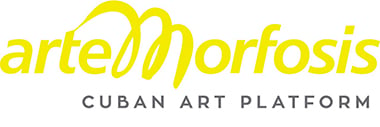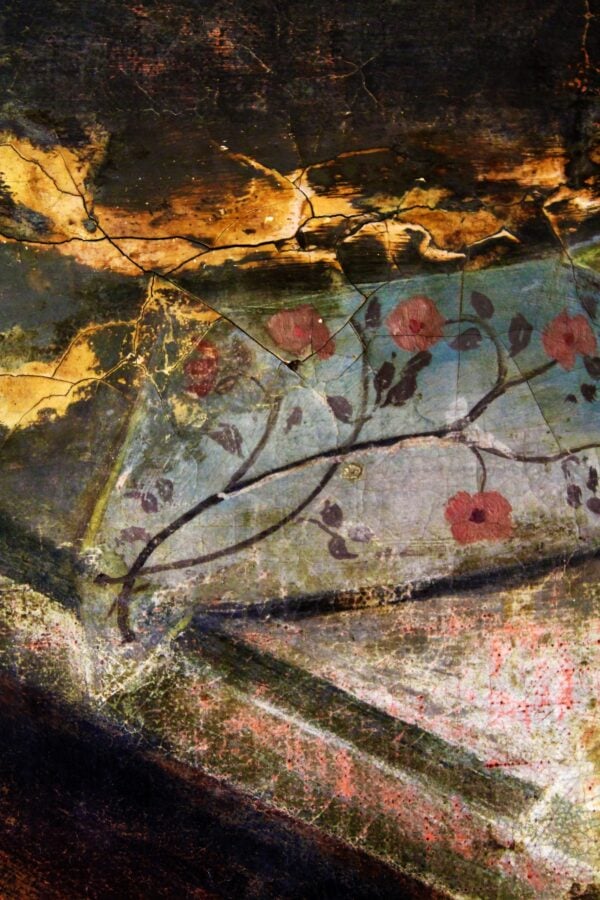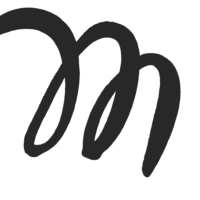Alejandra Oliva and Manuel Lugo
Chemical cleaning / Limpieza química
Art restoration is a discipline that contributes to the physical and conceptual integrity of artistic creation. An incorrect praxis can distort the appreciation of the work by intervening in the continuity of its original discourse. The restorer decides how ethical it is to modify a piece even when the intention is to regenerate losses. His judgment determines if the additions contribute or corrupt the message and when it is more convenient to fully preserve the remanence.
The piece of art as a product has a life trajectory. It is not alien to the phenomena that surround it and is subject to time as the main entity in the modification of its characteristics. Both the oldest and the most contemporary creations are determined by their preservation based on the characteristics of the components. The art object is transformed, just as the viewer's perspective changes in parallel. The original intention is infinitely reconfigured, while maintaining links with its founding context.
The works that are part of the exhibition intend to extrapolate photographic images taken during art restoration work. The objective of the captures is to show an experiential narrative, marked by the conservation conditions according to the affectations of intrinsic, extrinsic origin, and of a mechanical or chemical nature, caused during the existence of the artistic piece. The photographs transcend the documentary function. They capture instances within a complex process by following the evolution from the beginning to the end of the restorative interventions. They are illustrative gestures that seek to retain states of a dynamic process. They direct the gaze to experiential details of the works. From the result of photographing an affectation or intervention, an abstract image is originated where each representation contains a story of loss, abrasion or reunion. The distortion is reconfigured in pictorial allusions.








